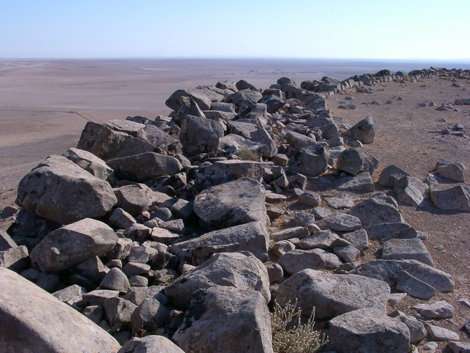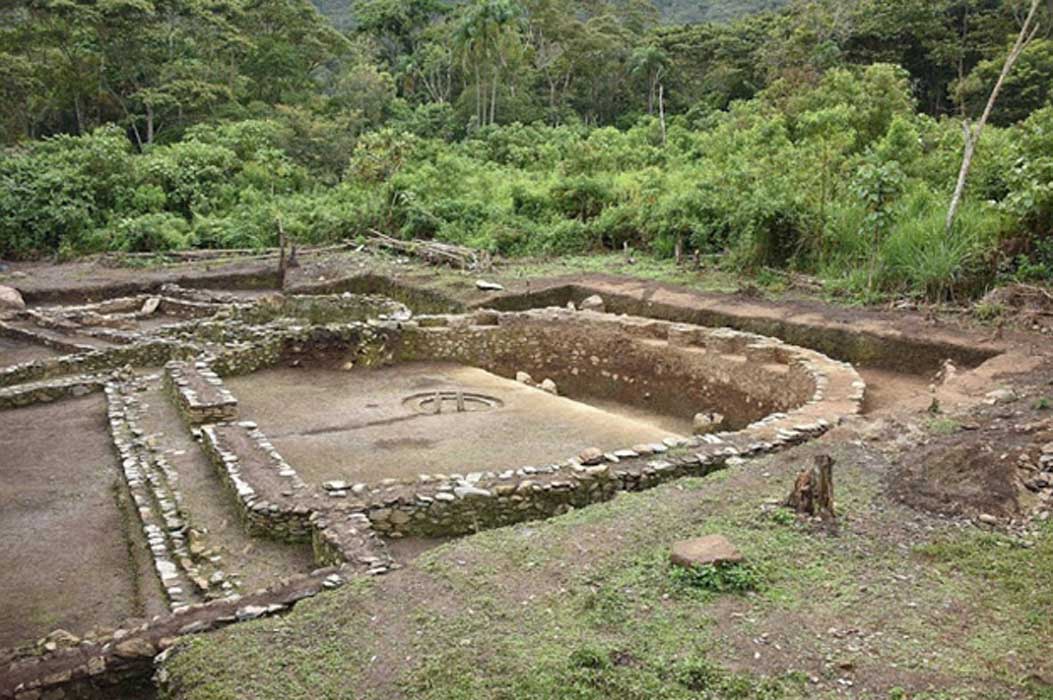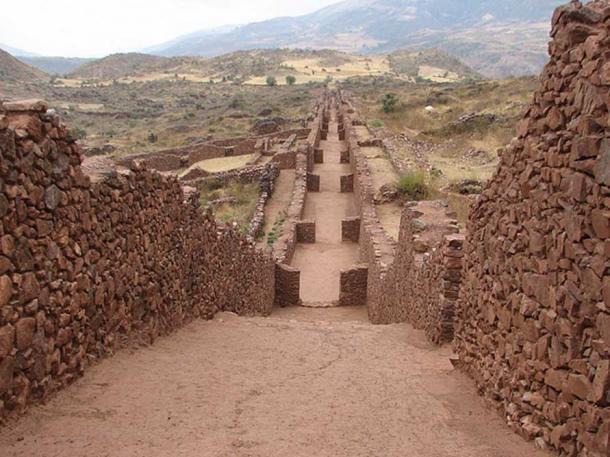At https://phys.org/print433068635.html … reports on the discovery from aerial photography and satellite images of the discovery of more than a thousand sites across eastern Syria that seem to be a military network defending Middle Bronze Age urban and sedentary kingdoms in the west – and their hinterlands (the rural farmland). The defence system was clearly aimed at controlling intrusions from the Syrian steppe zone (or semi desert region of tribal habitat). The network extended east of Hama over 7000km – positioned at the threshold of the densely populated MB culture people and the arid zone occupied by semi nomadic sheep herders. The network consisted of fortresses, small forts, towers, and various enclosures and ran along the mountainous ridge that dominates the region – all the way down to the Transjordan zone. The structures were made up of large blocks of basalt rock and eracted to form walls several metres wide and high …
 … during the First Intermediate Period of Egypt and the EB-MB transition period climate deteriorated and became more arid than normally so – depriving pastoralists of pasture for their animals. They migrated into surrounding areas including the Levant and Sumeria, both sides of the steppe zone.
… during the First Intermediate Period of Egypt and the EB-MB transition period climate deteriorated and became more arid than normally so – depriving pastoralists of pasture for their animals. They migrated into surrounding areas including the Levant and Sumeria, both sides of the steppe zone.
At www.eurekalert.org/pub_releases/2017-12/bu-eih122017.php … we learn that the Easter Island statue builders must have had a co-operative society rather than an assumed warrior elite directing a labour force.
Jovan sent in a link to www.ancient-origins.net/news-history-archaeology/peruvian-archaeologists… … archaeologists in Peru have unearthed silver artifacts and a massive temple with an astronomical observatory, near Cuzco. Silver needles, a silver crown or headdress, silver and a silver chest plate were discovered inside the temple complex, an area used by elite members of the Huari culture …
 … the Huari, or Wari people date between 600 and 1000AD (roughly contemporary with Tang China and A/S England). They are particularly famous for their canal system which channeled water to fields and terraces during the wet season.
… the Huari, or Wari people date between 600 and 1000AD (roughly contemporary with Tang China and A/S England). They are particularly famous for their canal system which channeled water to fields and terraces during the wet season.
 … they also developed terraced food production methodology, inherited by the Inca. However, in contrast to the military nature of the Inca empire the Huari did not use force to control the population – it was a communal effort (or that is the general view at the moment).
… they also developed terraced food production methodology, inherited by the Inca. However, in contrast to the military nature of the Inca empire the Huari did not use force to control the population – it was a communal effort (or that is the general view at the moment).
